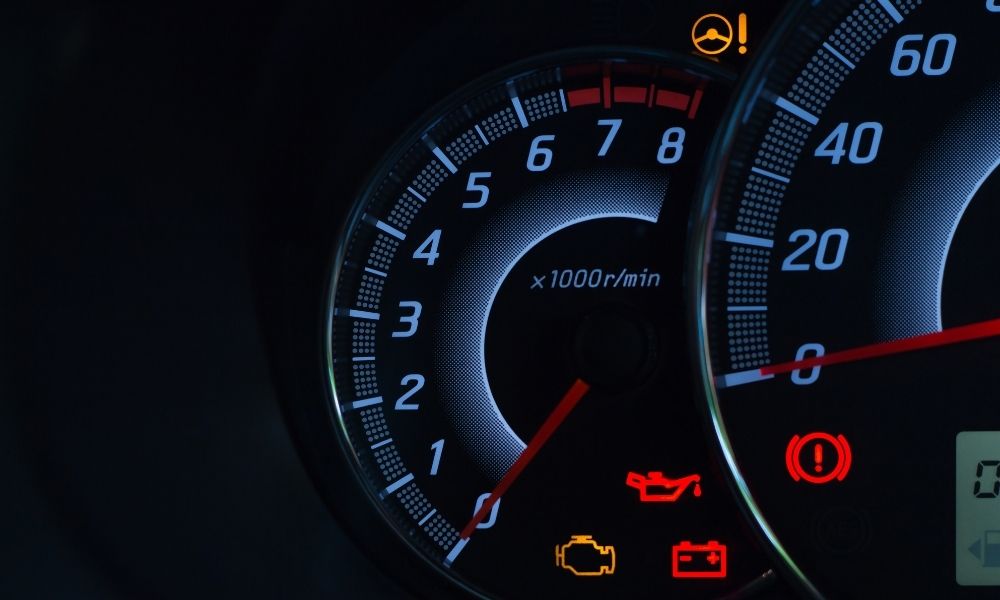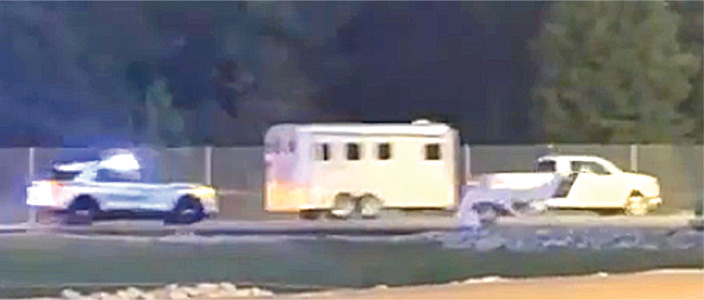
Everyone’s been in a situation where they are cruising, and a light appears on the dashboard. You can either try to rationalize why your car is reacting that way to keep moving, or investigate the situation at hand. These dashboard warnings you should never ignore require you to react immediately.
The Infamous Check Engine Light
An illuminated check engine light may signal a minor emissions issue, like a loose gas cap. But it can also signify a more massive issue, such as an internal engine malfunction. You don’t want to assume it’s a glitch, and a small fire erupts. Instead, have a professional inspect your vehicle to get the verdict; it’s better to be safe than sorry.
Engine Cooling System
If you notice a red thermometer in the water sign, it implies your car’s engine is overheating, and the cooling system is malfunctioning. It would help if you came to a complete stop immediately, allowing the engine to cool.
Otherwise, you might put yourself in greater danger. With the car stopped, check for any abnormalities, such as a puddle forming on the ground. That may imply a leak or that your coolant is running low. Although, when the engine is hot, never remove the coolant filler cap, because you may burn yourself from scorching coolant. More potential concerns include a damaged radiator or water pump.
Low Oil Warning
The presence of the low oil pressure indicator indicates that the powertrain control module (PCM) has detected a low oil pressure situation. The PCM uses the oil pressure sensor to monitor oil pressure. Low oil level, internal engine difficulties, or a defective pressure sensor may all cause the oil pressure warning light to activate. To avoid engine damage, you must correct a low oil level as soon as possible.
Anti-Lock Brake System
There are occasions when you need to brake swiftly, engaging the anti-lock brake system. This feature prevents the wheels from locking up and avoiding a skid. If you continue to see this amber warning, you might have to alter your driving style considering the circumstances, or there may be an issue with the ABS itself.
You’ll be able to travel short distances without much of a problem, so you can have someone look at it. But do not plan a long trip with this light alerting you something is wrong. You don’t want to flirt with disaster with something as integral to your safety as your braking system.
Tire Pressure Monitoring System
Fully-inflated tires are vital for operating your vehicle safely. Under- or over-inflated tires may lead to catastrophic results if you’re traveling 65 miles per hour. Ideally, your tire pressure monitoring system (TPMS) light will let you know if a tire’s air pressure is lacking.
If so, swing by a tire shop or gas station to put some air in the low tire. If you start noticing this light comes on even with inflated tires, it could signify your TPMS sensor is malfunctioning, requiring a replacement.
Don’t hesitate to act when one of these dashboard warnings you should never ignore rears its ugly head. Not only is it dangerous to continue to drive, but you could cause further damage to your vehicle. It’s better to pay a small price now than a larger price later.






